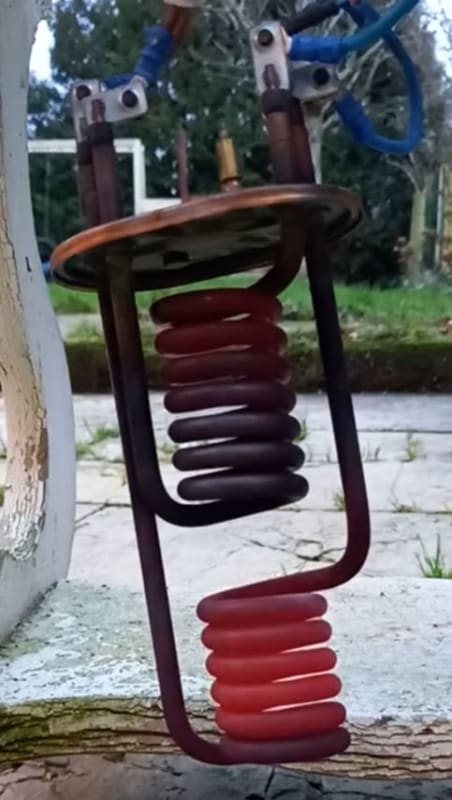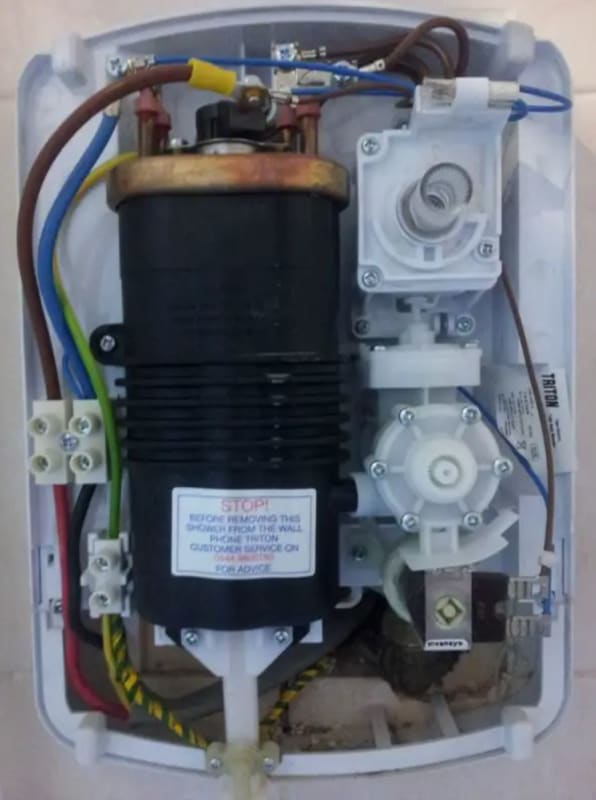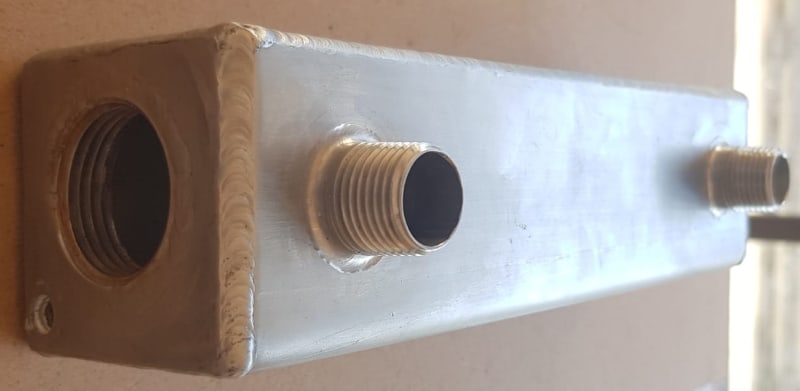-
1
- #1
Jack Benson
Industrial
- Jul 11, 2023
- 101
Hello,
in the UK, Ireland and several other EU countries, instant electric showers that heat cold water at the point of use are common.
in the shower unit is a heating element that is between 7 to 10.5 kW (230v 30-45 amps)
Normally a coil heating element is used like this:

does anyone know the typical energy density (W / cm2) of the heating element?

thank-you
in the UK, Ireland and several other EU countries, instant electric showers that heat cold water at the point of use are common.
in the shower unit is a heating element that is between 7 to 10.5 kW (230v 30-45 amps)
Normally a coil heating element is used like this:

does anyone know the typical energy density (W / cm2) of the heating element?

thank-you

